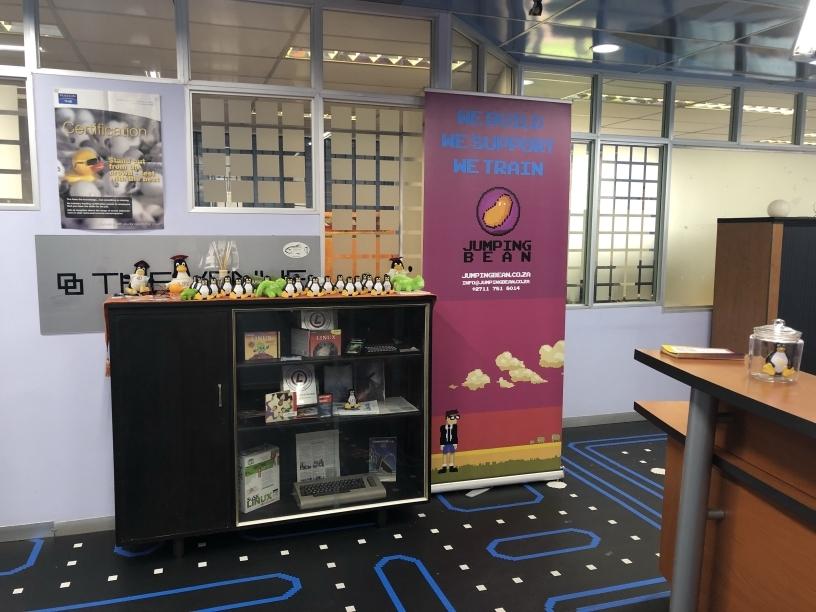
"Liferay is an amazing platform to achieve the goals of digital transformation but is hampered by a lack of skills", said Mark Clarke, Technology Sensei at Jumping Bean at the re-launch of Jumping Bean's Liferay fundamentals and developer training offering.
It has been said that, "Customer experience is the new competitive battleground." If that is true, one needs a solid platform that enables organisations to win this battle as they serve their customers. Liferay, the open source Java-based digital transformation platform, continues to see a steady growth in demand in South Africa and Africa as it pushes forward with its vision to develop the leading digital experience platform for enterprise customers, according to Mark Clarke, Technology Sensei at Jumping Bean.
After years of recognising Liferay as a perennial leader in the horizontal portal space, in January 2018 Gartner once again acknowledged Liferay as a leader in the newly released Magic Quadrant for Digital Experience Platforms (DXP). This comes as digital transformation, the new catch phrase for the spread of technology into every nook and cranny of a business and its concomitant need for seamless integration to unlock innovation, creativity and new ways of doing business, gains momentum.
Gartner defines a digital experience platform (DXP) as "an integrated set of technologies, based on a common platform, that provides a broad range of audiences with consistent, secure and personalised access to information and applications across many digital touch points."
"Liferay has always been an interesting platform on which to build solutions and integrate systems", said Clarke, "but with the release of Lifefray 7.0 in 2016, with its OSGI based modular system, it has become even more attractive as a platform for integration and innovation."
Although the move to an OSGI core has been the biggest change with the release of Liferay 7, other notable changes have been the continued support to an open approach to the development process which allows teams to use their existing build systems and tool-chains such as maven and gradle to develop, test and deploy Liferay projects. To complement the technical support, Liferay continues to round out its compelling offering with cloud-based tools such as the Experience Cloud and Liferay Connected Services.
Liferay is a popular solution globally, from North America to Asia, but historically its adoption has been lower in South Africa. "Liferay is written in Java, and there is a pool of resources readily available for businesses to tap into to exploit the platform but the lack of Liferay specific skills has slowed adoption", said Clarke.
The Liferay training offerings has two components with a fundamentals and development module. "We intend to introduce an administrator track in the near future", said Clarke ,"but want to see what our customers and the market say they need. We expect there to be significant request for customised training to client-specific needs".
Liferay Portal was created in 2000 by Brian Chan and now has offices in 18 countries serving over 1 800 customers on every continent of the world.
Share